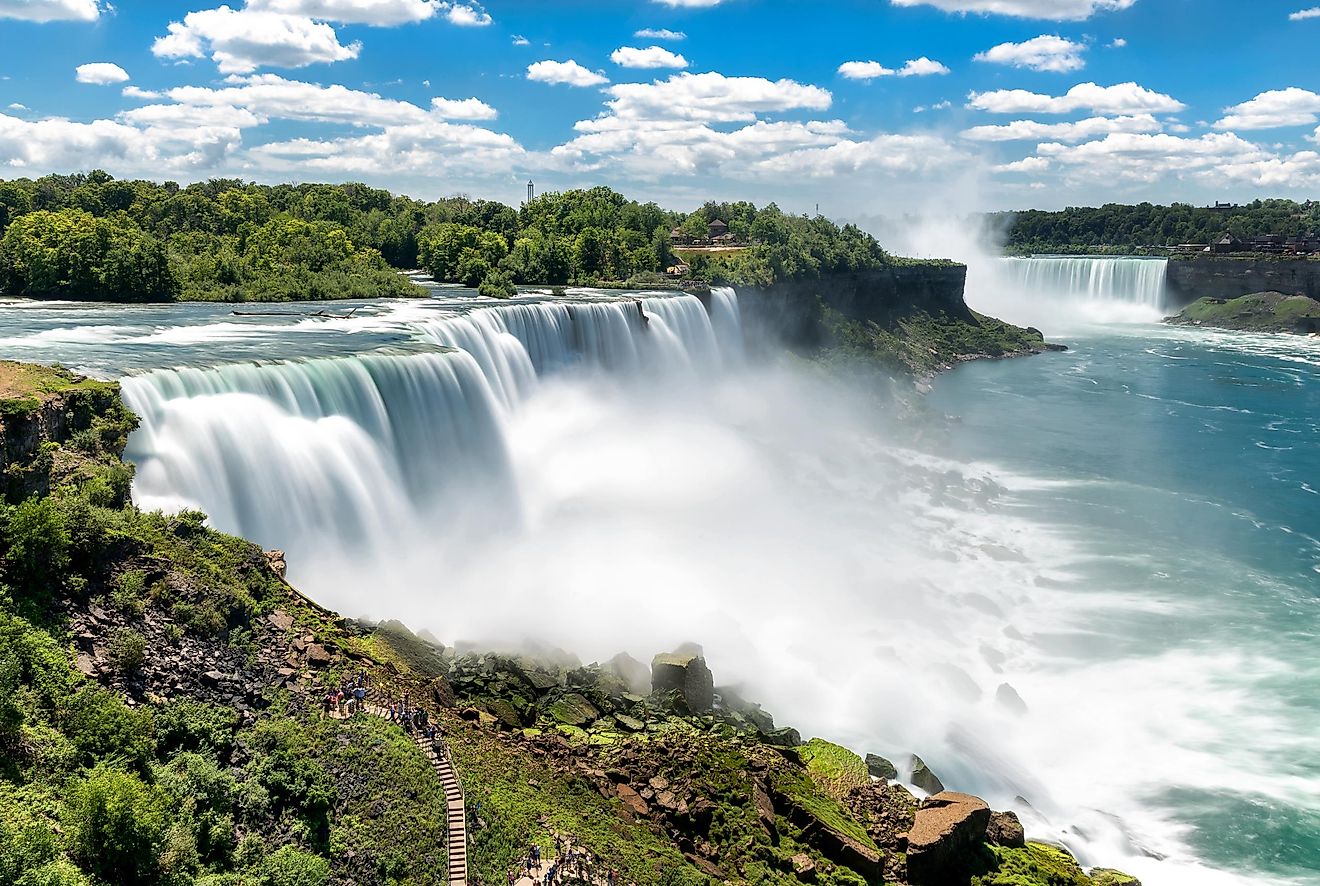
The 580-kilometer-long New River carves the longest and deepest canyon in the Appalachian Mountains the new 295-square-kilometer national park and preserve is headquartered along an 85-kilometer stretch of the river near Fayetteville, W.Va. Thus, the river’s south-to-north course runs counter to the west-to-east flow of most Appalachian waterways, carving a formidable 400-meter-deep river canyon directly through the Appalachian Plateau. “These headwaters and this basin have remained in their current configurations for over 300 million years of evolutionary time,” Hitt said.Īround 60 million years ago, the diagonally trending ridges of the Appalachians went through a period of uplift, but the highly erosive Teays kept cutting into the mountains faster than the uplift rate. Today the New River begins in the same headwaters carved by the Teays and follows roughly the same northward path. From its headwaters in what is now western North Carolina, the Teays flowed north through the Virginias before turning west into the Ohio River Basin, eventually draining into a vast inland sea. The impact uplifted the Appalachian Mountains to Himalayan heights, and a mighty river named the Teays formed to drain the western slopes of the range. The New was born when the North American and African plates collided to form the supercontinent Pangaea. Geological Survey in Kearneysville, W.Va. “The New River might be the most inappropriately named river on Earth,” said Nathaniel Hitt, a fish biologist with the U.S. Today their vine-covered ruins are being reclaimed by the regenerating forest, and the ecological impacts of mining and deforestation on the New River’s watershed are slowly healing.Ī mere 30 kilometers from the New, however, deep scars blasted into the landscape by modern mountaintop removal mining operations may prove more or less permanent, even on geologic timescales. In the late 1800s, dozens of coal mines and company towns were built along the New’s raging river canyon, accessible only by railroad. Millions of years of fluvial erosion have also carved a deep gorge lined by long tracts of bituminous coal and steep cliffs of quartzite sandstone. The New River’s unusual north–south orientation serves as a corridor for animal migration, fueling a biodiversity hot spot that is home to an impressive array of endemic species, many of them endangered. Dating back to the days of the supercontinent Pangaea, it is one of the oldest rivers in the world and one of the few waterways in North America that runs north.Ī lot can happen when a river keeps its course for over 300 million years.

The only thing “new” about West Virginia’s New River Gorge is its national park status: In 2021, the New River Gorge became our latest national park, but in geologic terms, the New River is anything but new.


 0 kommentar(er)
0 kommentar(er)
